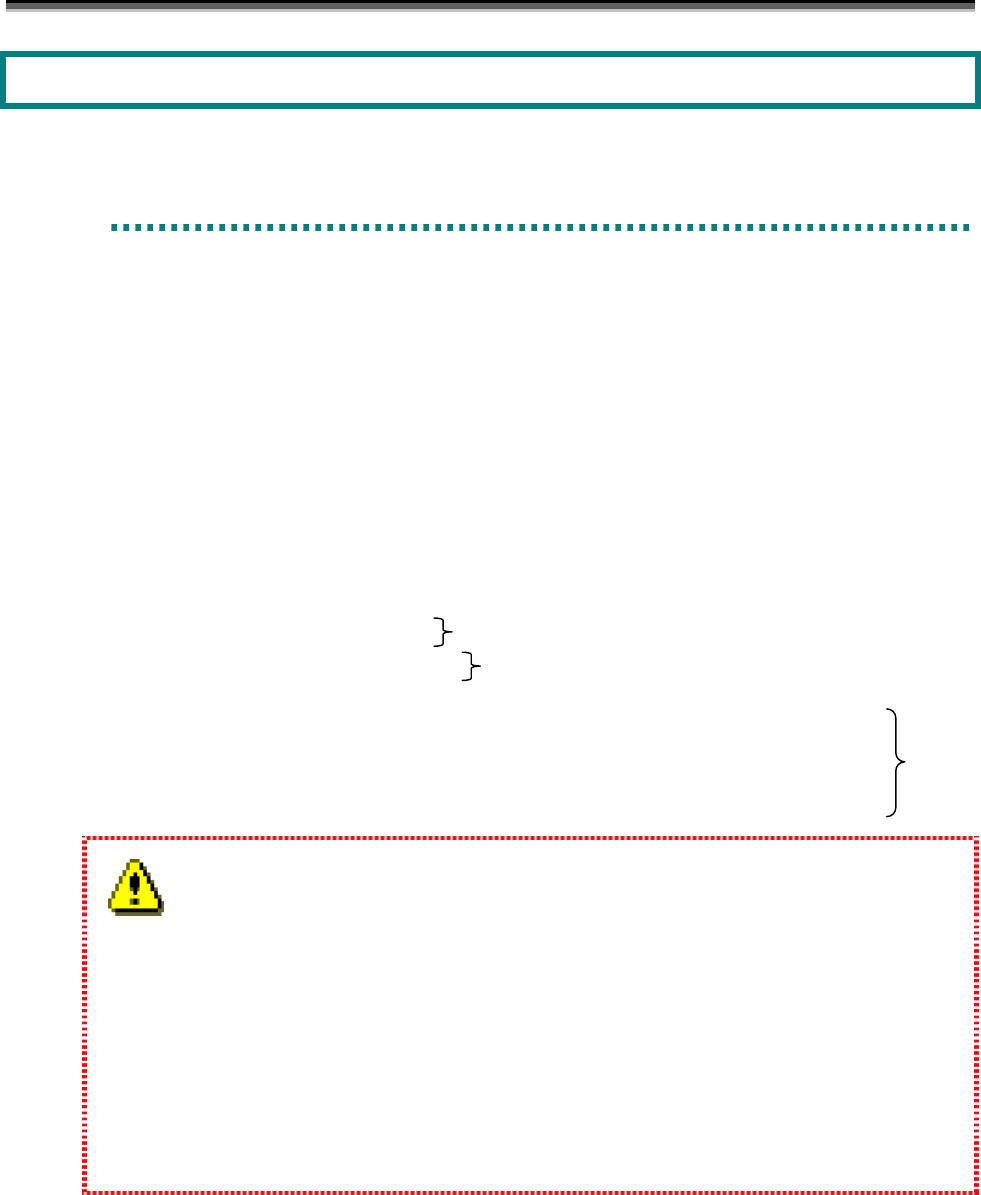
Appendix B Environment Definition Language
2
Appendix B Environment Definition Language
B
B
B
.
.
.
1
1
1
M
M
M
a
a
a
i
i
i
l
l
l
H
H
H
e
e
e
a
a
a
d
d
d
e
e
e
r
r
r
F
F
F
i
i
i
l
l
l
e
e
e
This section describes about the mail header file specified with the Link information used in the environment setting.
For details of the environment setting, refer to Part I 1.3 “Environment Setting”.
(1) Header File
The header file is the form of the actual mail to transmit, and mainly describes the header part of the mail.
Input “FROM:” on the first line, and write the mail sender’s name. If mail transmission fails in SMTP server
due to wrong target mail address, etc., an error message from SMTP server may send to a sender’s mail address.
The contents of the mail text after the second line are sent as it is, the part above the blank line is the header, and
subsequent part is the body of the mail. A message including “$MSG” in body is converted into a message
that is output to an operation log triggered by “$MSG” for linkage.
FROM: iSMserver@xxx.co.jp
SUBJECT: iSMserver error report.
← blank line
This is the iSMserver at XXXX(domain name etc.)
Error Reporting.
$MSG → A message output to operation log that triggered object linkage is described in this line.
1. Mail address to input on the “FROM:” line must be a complete one that includes domain name.
2. Various header lines in accordance with RFC822 can be written in the header part.
3. Any contents can be described in the body part.
4. The size of the whole header file must be less than 1KB. Also, one line must be less than 256 bytes (including
blank / tab / carriage return).
5. When a part of “$MSG” of a certain line is replaced into the message content, a “$MSG” which appeared first
can be replaced. So even if two or more “$MSG”s are described in one line, only the first “$MSG” is
replaced. However, if the “$MSG”s are described in each line, they spread to each message.
Describe sender’s mail address.
Body
Header


















